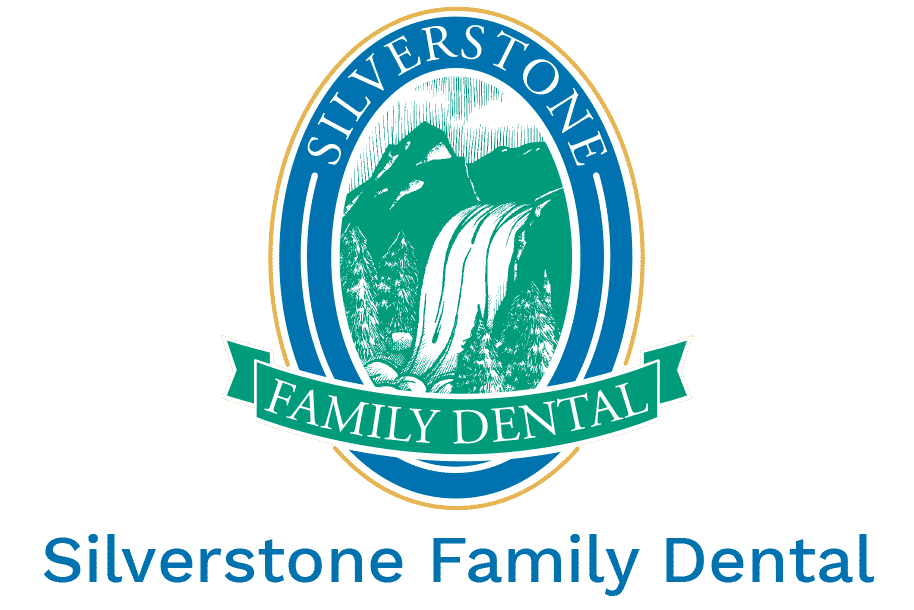DENTAL CLEANINGS
Hygiene Visits (Cleanings)
Dental Prophylaxis
A dental prophylaxis is a traditional type of cleaning where the teeth are lightly scaled to just below the gum line to remove plaque and tartar, polished to remove stains, and smooth the teeth. Lastly, the teeth are flossed to help remove in-between the teeth debris and promote gum tissue health. If you have symptoms of gum disease, however, you may need another type of cleaning, called scaling and root planing.
Debridement Dental
A full mouth debridement is often necessary to complete a proper evaluation and subsequent cleaning. What is a full mouth debridement? The American Dental Association describes a full mouth debridement as the “gross removal of plaque and calculus that interfere with the ability of the dentist to perform a comprehensive oral evaluation.” A full mouth debridement is the first step in a deep cleaning (periodontal therapy), or if it has simply been a long time since your last cleaning. Depending upon the results of your full mouth debridement, a regular cleaning or periodontal therapy will be recommended.
Scaling and Root Planing
Scaling and Root Planing is a procedure to remove plaque and tartar from your teeth and help your gums regain health. During this procedure, the areas are typically numbed with a local anesthesia to provide maximum comfort while the roots surfaces are cleaned and smoothed. This removes local irritants from under the gum line to reduce inflammation and arrest further bone loss. The goal of scaling and root planning is to arrest bone loss from around the teeth and get you back on a regular cleaning schedule. Some patients will go back to a regular prophylaxis schedule, but most patients will move into a periodontal maintenance schedule.
Periodontal Maintenance
Upon completion of active periodontal treatment, follow-up periodontal maintenance is recommended. These appointments usually occur at three or four-month intervals. During these cleanings, more time is spent focusing on areas below the gum line, disrupting the areas where bacteria are harboring and producing periodontal disease.
